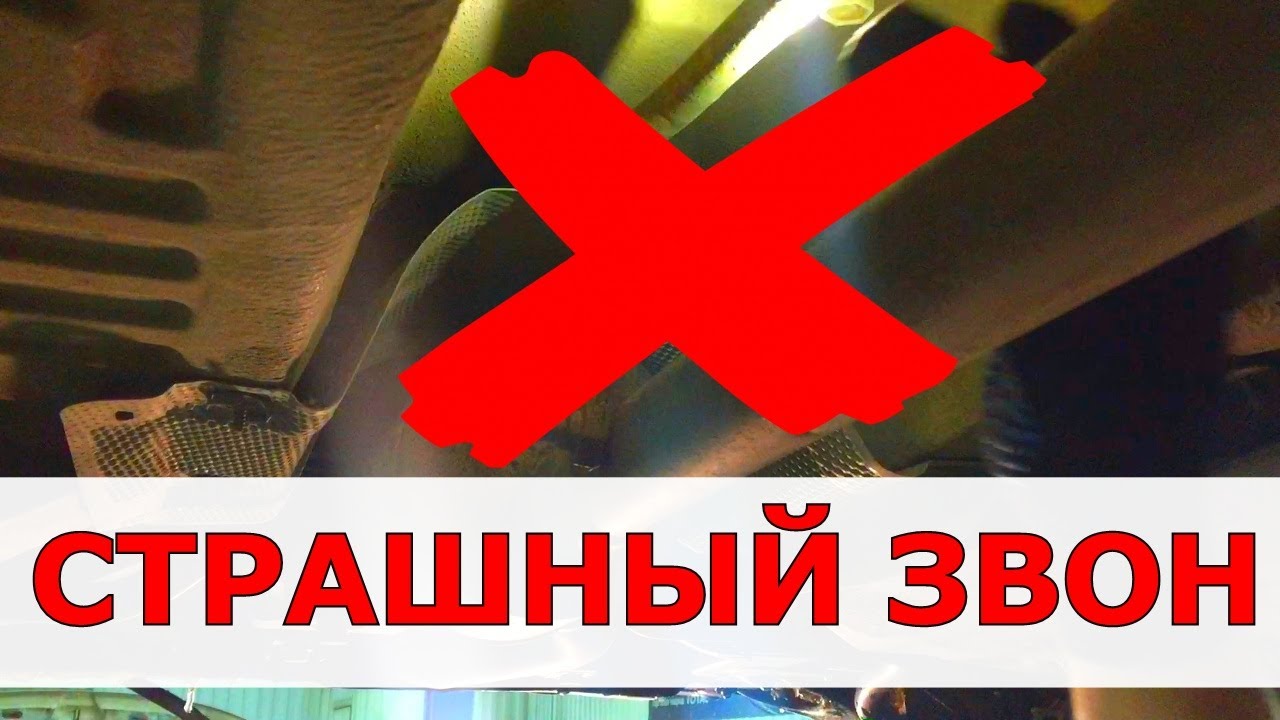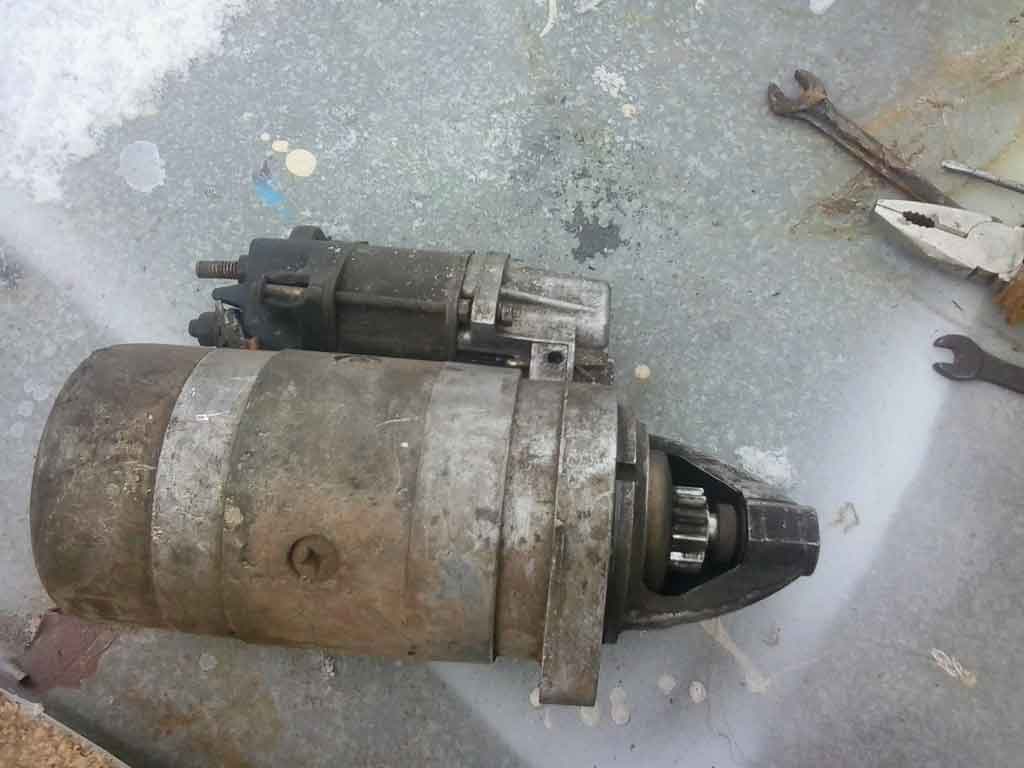
How to troubleshoot a car that makes a whining sound when shifting gears
The whine is a normal car noise that cars make when shifting from gear to gear. Check your car in different gears and check fluids.
Many car noises sneak up on you. The first time you notice this, you may wonder if you're hearing anything out of the ordinary at all. Then you start to wonder how long it took before you noticed. Car noises can stress you out. The machine seems to be running fine, but you realize that something must be going wrong. How serious is this? Is the car unsafe, or will it let you down somewhere?
The interpretation of car noises is often experience dependent, so the amateur mechanic is usually at a disadvantage because their experience is usually limited to the cars they or their family own. But there are a few symptoms that are common to a range of vehicles, and a few logical checks can help you figure out what's going on.
Part 1 of 1: Troubleshoot whining sound
Necessary materials
- Stethoscope mechanics
- Repair manual
Step 1: Eliminate Engine Noise. If the car does not make noise when the gear is out, it is most likely not engine noise.
Start the engine carefully with the vehicle in neutral and listen carefully for any signs of troublesome noise associated with engine speed. With a few exceptions, the noise that occurs when turning on the car is most likely related to the gearbox.
Step 2: Manual or Automatic. If your car has a manual transmission, the sounds it makes can mean completely different things than the sounds of an automatic transmission.
Does the sound occur when you press your foot on the clutch to shift into gear? Then you're probably looking at a throwout bearing, which means clutch replacement. Does the sound appear when the car is just starting to move, when you release the clutch, and then disappear when the car is moving? This will be the support bearing, which also means replacing the clutch.
The manual transmission only rotates when the vehicle is in motion or when the transmission is in neutral and the clutch is engaged (your foot is not on the pedal). So the sounds that occur when the car is parked and the gear is engaged are most likely related to the clutch. Whirring sounds that occur while the vehicle is in motion may indicate transmission or transmission bearing noise.
Step 3: Check Fluid. If your vehicle has a manual transmission, checking the fluid can be a daunting task. The car must be jacked up and the control plug removed from the transmission side.
An automatic transmission might be simpler, but in recent years, manufacturers have begun ditching dipsticks and fillers from user-serviceable equipment. Refer to workshop manual for instructions on checking automatic transmission fluid.
Either way, this is an important step. Low fluid levels can cause all sorts of problems, and noises are usually the first noticeable symptoms. Early detection of low liquid levels can save you a lot of money.
If the noise started shortly after servicing the transmission, contact a service technician to find out exactly what fluid was used. Over the past 15 years, many transmission manufacturers have used their own specialty fluids, and using any other fluid can sometimes cause unwanted noise.
Step 4: Put the car in reverse. If your vehicle has an automatic transmission, there are a few more checks you can perform.
With the engine running, depress the brake pedal and engage reverse gear. Has the noise gotten worse? In this case, you may have a limited transmission filter.
When the vehicle is moving in reverse, the pressure in the transmission increases, and with it the demand for fluid in the transmission increases. A narrowed filter will not allow fluid to pass through fast enough. You can change the fluid and filter if that's the case, or have it done for you, but that may not be the end of your problems. If the filter is clogged, then it is clogged with debris from inside the transmission, then something else is broken.
Step 5: Check the torque converter. The torque converter is what's in your automatic transmission instead of the clutch. The torque converter rotates every time the engine is running, but only under load when the vehicle is in forward or reverse gear. When shifted to neutral, the sound disappears.
The torque converter is located where the engine meets the transmission. Insert your mechanic's stethoscope into your ears, but remove the probe from the hose. This will give you a very directional tool for finding sounds.
While your friend is holding the car in gear while firmly depressing the brake pedal, wave the end of the hose around the transmission and try to pinpoint the direction the noise is coming from. The torque converter will create noise at the front of the transmission.
Step 6: Drive the car. If the noise does not occur while the vehicle is not moving, you may have a problem with one or more gears or bearings in the transmission. There are many parts in the transmission that are stationary unless the vehicle is moving. Planetary gears may make whistling noises when the gears begin to wear out, but they will only be audible while the vehicle is in motion.
Determining and eliminating the exact cause of transmission noise may be beyond the ability of an amateur mechanic. If the problem cannot be solved by adding oil or changing the filter, there is probably little that can be done other than removing the transmission. A professional in-home inspection by a technician, such as one from AvtoTachki, can greatly ease your worries.

